As a runner, did you really think there was a way to prevent running injuries? If you’re reading this, you’re either injured and are trying to find ways to get healed quicker or you believe that you can not get injured as a runner. I’m here to tell you, that if you are a runner, chances are pretty high that you’ll be injured at some point. It is just the nature of the sport.
As a runner for over 21 years, I have been injured. A lot. I’ve asked my body to run 90 miles in a week. I’ve asked it to run doubles (two runs a day) and I’ve raced a lot of races.

I’ve also run 20 miles per week and gotten injured. So it’s not about volume – sometimes it’s accidental – like spraining an ankle, but other times injuries pop up because of imbalances.
One way that I’ve found helpful in combatting injuries is by being strong and balanced. Being strong doesn’t mean being able to lift a massive amount of weight, it means being able to hold my body in a natural position when I’m running. And by being balanced, I mean having the mindfulness to press on when I’m feeling good and backing off when I’m struggling.
That all being said, here are the best 9 ways to keep injuries to a minimum – both in length and in frequency. Ultimately, by listening to your body, modifying training as necessary, and recovering adequately, you can keep most injuries away.
Massage
Massaging once used to be reserved for a massage stick, but we’ve come a long way since those ancient times! Now, in my current arsenal of tools I have available to me include multiple foam rollers, massage sticks, lacrosse balls, and my very favorite massage gun from LifePro.
I know that muscles that are loose and fluid are able to work better. If you can get on a foam roller or use a massage gun after your run, then imagine how your muscles would feel BEFORE your run if you gave them 5 minutes of love.
If you’re in the market for a massage gun, check out mine on Amazon. Maybe you’d want my foam roller, too.
Disclosure: There also may be affiliate links present – which means if you buy something with that link, I make a small commission.
Compression Gear
You either swear by compression gear or you don’t. The fact is, compressing your lower legs helps minimize vibrations from running and allows the muscles to work more effectively when they are not vibrating from each pounding step.
When your muscles aren’t vibrating as often or as hard, you can prevent excessive soreness and muscle damage. Minimizing the bad vibrations allows you to recover faster, while also keeping your legs fresher.
Personally, I like CEP compression socks. These are the pair I have.
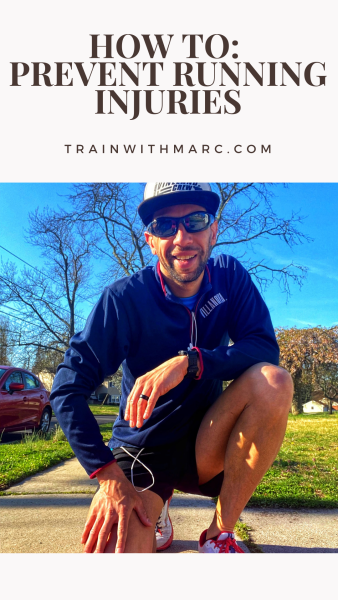
Shoes, Baby
Shoes play a very big role in preventing injuries. Get in the wrong type of shoes and you know exactly what I mean. There are two main types of shoes, as outlined in this post about running shoes, and you need to make sure you’re in the right kind for your needs.
Personally, I know that I need neutral shoes and I like the Brooks brand of shoes. I rotate between two pairs of Brooks Launch and then my workout shoes are Brooks Revel. Rotating shoes is good for the shoes and for your feet. The shoes get a chance to “bounce back” when they aren’t being worn every day. And your feet have to get used to the feel and the wear of your shoes every time you switch which is good for the tiny muscles in your feet.
Easy Running
Far too many runners are focused on their Strava details instead of running by feel. These runners are running way too fast on too many runs and then can’t get any faster on race day. Repeatedly running too fast on runs keeps you from truly recovering and leaves you vulnerable to injuries.
If you need an in-depth article about why easy running is so important to your running, you can check it out here.
Vary Your Paces
If there’s anyone way to think about training it should be this: Most days easy, some days moderate, hard efforts sparingly. If you play by this guide, you will set yourself up for some good training AND you’ll minimize the risk of injury.
When you’re ready to add in moderate days, you’ll want to consider workouts. In the slides below, you’ll find my go-to posts for different types of workouts.
Vary Your Surfaces
Like most of us, we do most of our running on the roads. Roads are easy to come by and they are readily available… Unfortunately, not everyone (myself included) has access to trails, parks, paths, or softer surfaces to run on. If I was so lucky, I would do all of my easy runs on grass or trails and my workouts on either the road (my preference) or track.

Listen To Your Body
Yes, our watches spit out tons and tons of data. But just because you have the data doesn’t mean we are in tune with what our body is saying. How’s your breathing? What does your heart rate say? Are you fatigued? Rundown? Feeling great? Listening to your body is a very important aspect of training that many newer runners don’t know how to master yet.
How do you listen to your body? Make it a priority to think about how you’re feeling prior to running. Be willing to adjust your plan based on how you feel. Just because you have a 14 miler on your plan doesn’t mean a 14 miler has to get done. Maybe 10 miles is good enough for the day and it’ll keep you healthy so that next weekend you can do 14. If you power through blindly, you can risk injury.
Your body is saying something, make sure you’re listening.
Strength Train
I write extensively about strength training and the benefits of a solid strength training regime. Just to reiterate my point… Strength training is not about getting big and bulky; it’s about being able to withstand the punishment that running causes and allowing your body the strength to sustain the constant repetitive forces running has on our bodies.
You can find my page full of strength training resources here.
Down Time/Recovery
I am a very big believer in recovery time. The time you take to recover after a run is important because it allows you to restore back to your natural state. When you cut down (shorten) your recovery time, you don’t let your body fully recover. When your body isn’t fully recovered, you leave yourself open to injury.
Not only is the recovery time after a run important, but also in between training cycles. After a peak race, time off is crucial to recovering and building back stronger. There’s a reason why professional marathoners only run 2-3 marathons a year – it’s because it takes so long and so much effort to get in peak marathon shape that time off is the only way to recover from the work.

Summary
There are a lot of ways you can prevent running-related injuries and the list above is sure to help you keep injuries away. By being smart about your training, you can run as much as you like!
Remember, it’s not about the volume (amount of miles you run) in a day or a week that’ll get you injured; it’s about how you run those miles and what you do in between running sessions that also plays a role in your injury rate.
Thanks for reading until the end! Ready for more?
Want my weekly running newsletter?
- Follow these tips to get a better sleep rating
- As a distance runner, we can't ALWAYS be in LSD mode
- Anyone have plans this Sunday? How 'bout an easy 10?
Ready to Shop Small & Local?
Check out TrainwithMarc’s online store and get ready for your new training cycle!
Looking for running resources?
Find me on social media!
Searching for a running coach? TrainwithMarc has flexible schedules, dynamic plans, and access to a coach who’s worked with every type of runner.
TrainwithMarc will design a training plan based on your needs, running history, and your goals.
Gear I Love
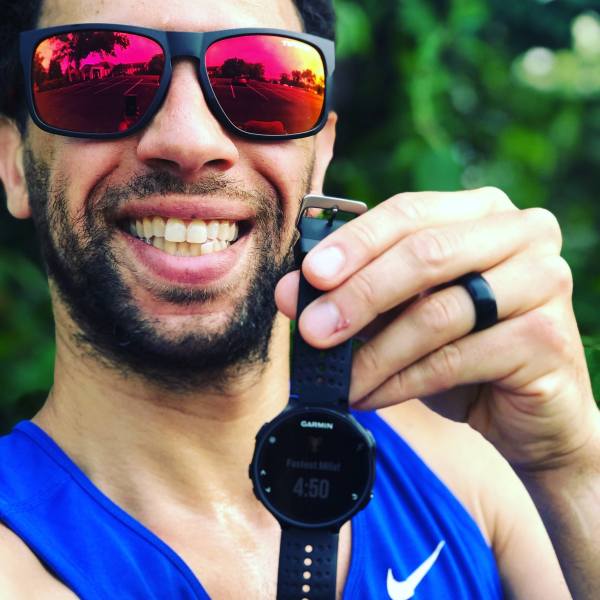
My Favorite RUNNING gear from Amazon ⬇️
Feetures socks: https://amzn.to/36gNRjU
Tifosi Sunglasses: https://amzn.to/349OuJx
Garmin 235: https://amzn.to/2YgXJ9M
Garmin heart rate monitor: https://amzn.to/2JUun8a
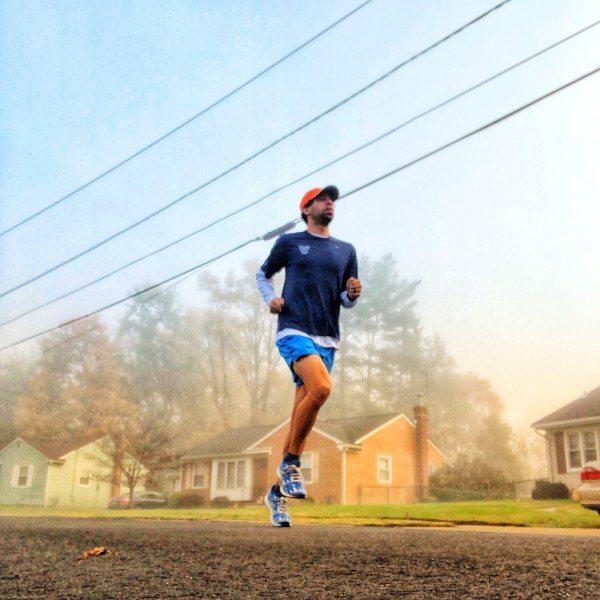
Current Running Shoes ⬇️
Brooks Levitate: https://amzn.to/2GazmUh
Brooks Revel: https://amzn.to/3ndnwcO
Nike Pegasus: https://amzn.to/36htGlX

Running Recovery Gear I use daily from Amazon ⬇️
Sonic X Percussion Massage Gun: https://amzn.to/2S87qTt
Foam Roller: https://amzn.to/2MzrAly
CEP Compression socks: https://amzn.to/30gZLGY
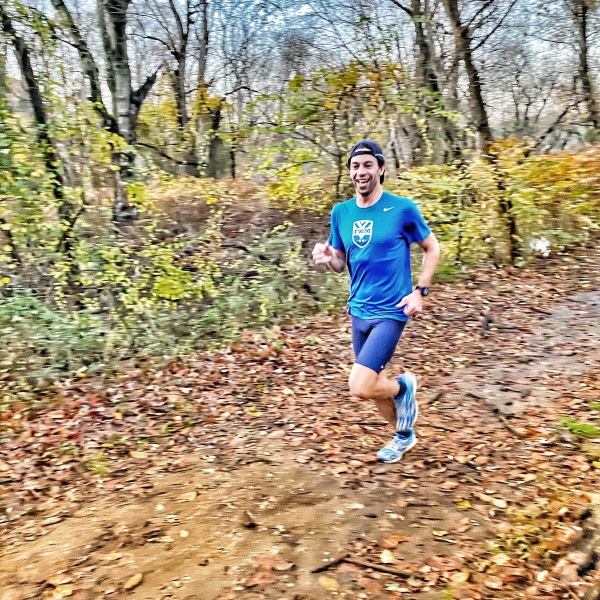
TrainwithMarc’s Social Media links ⬇️
Website: trainwithmarc.com
Instagram: @TrainwithMarc_LLC
Twitter: @marcpelerin
Facebook: @TrainWithMarc
TikTok: @Run_Coach_Marc
Venmo: @marcpelerin


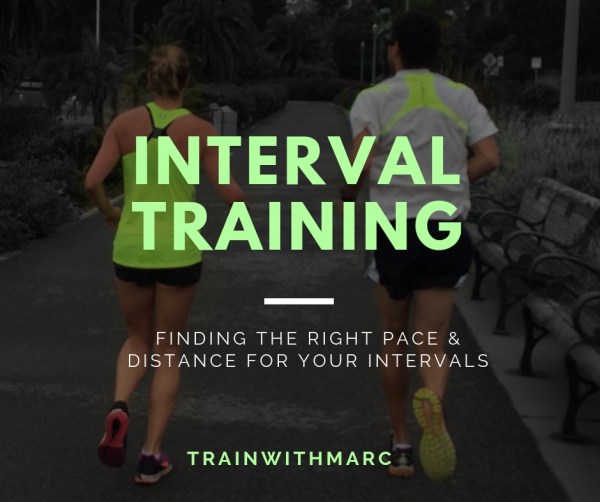













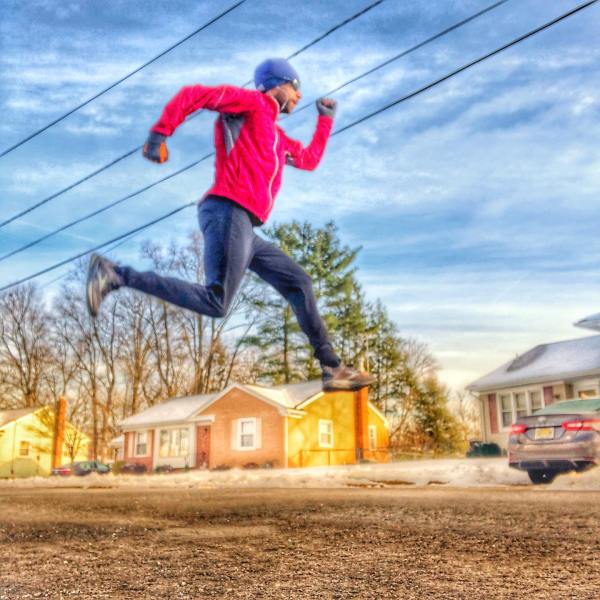
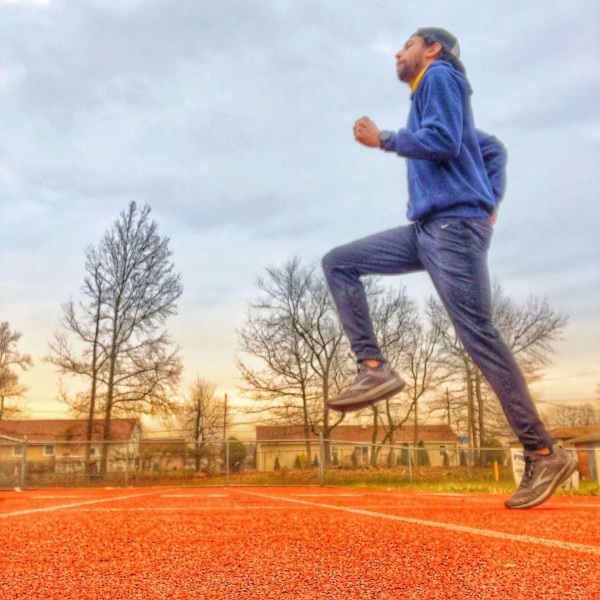

2 thoughts on “The Very Best Way to Prevent Running Injuries”